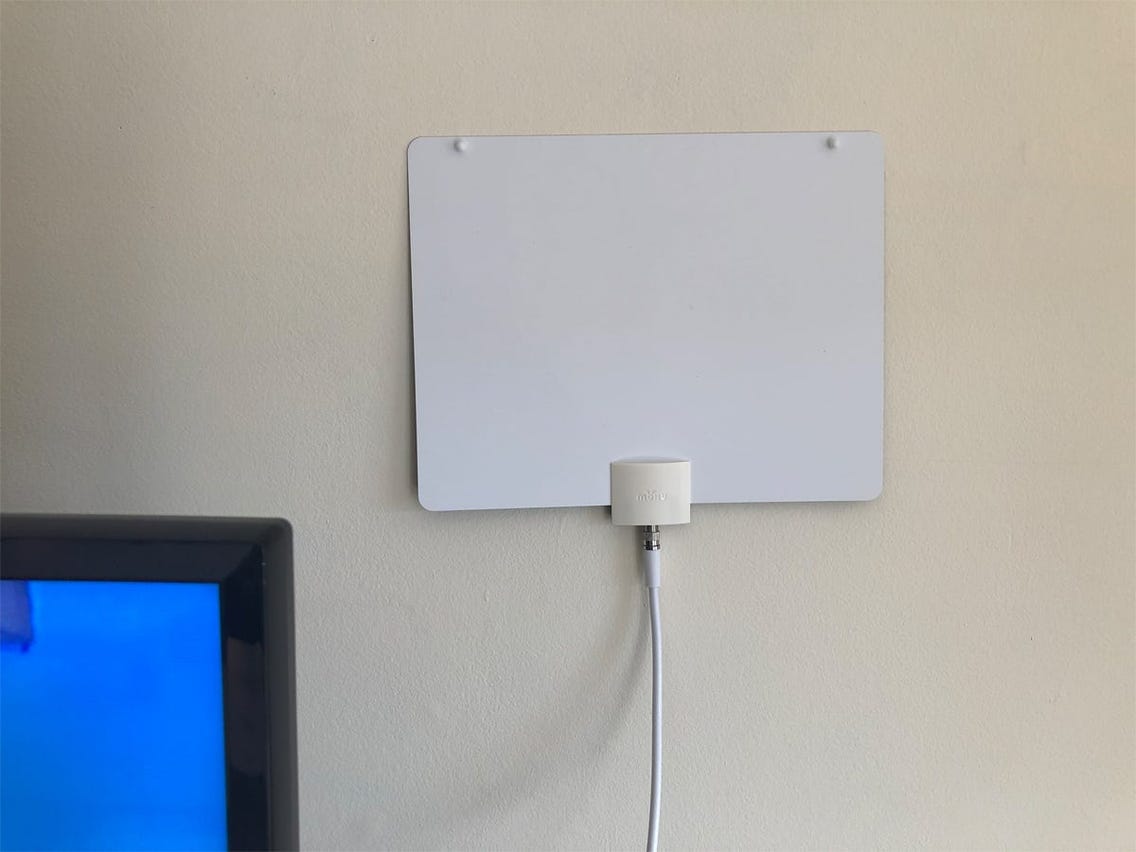
What Is the Difference Between an Indoor and Outdoor Aerial?
While both indoor and outdoor antennas serve similar purposes, they’re not completely the same. Depending on your specific preferences, location, and your budget, you’ll have a couple of options to choose from.
Here, we’ll discuss the general differences between indoor and outdoor aerials to make your choice a bit easier.
So, without any further ado, let’s get right to the bottom of it!
Signal strength.
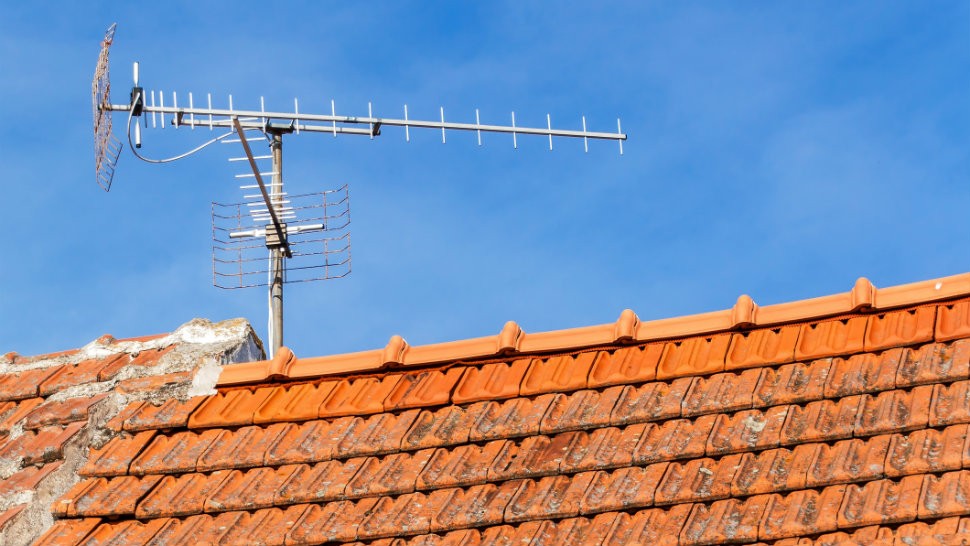
Generally speaking, outdoor aerials are much more powerful compared to their indoor counterparts. If you need your signal to be extremely strong, like when you’re living far away from the broadcast stations, outdoor antennas are generally a better choice.
Of course, there are many different types of outdoor antennas you can choose from. They’re not all built the same, meaning you’ll have to do tons of research before you can purchase one yourself. We recommend that you seek advice from an industry expert, especially if you live in a rural area far from the TV towers.
Again, if you need the strongest possible signal for your TV, your best course of action is investing in a large outdoor aerial. Indoor ones are (in most cases) simply too weak to get you the signal you deserve.
Size.
As you can probably already guess, outdoor aerials are generally quite large. Indoor ones, on the other hand, are quite small and discreet. You can put them behind your TV and you wouldn’t even notice them, especially if you opt for a newer model.
Now, if you live in a building with a corporate body or you’re a part of the Home Owners Association that’s particularly strict about their rules and regulations, an indoor aerial might be your only available option.
Besides that, not everyone is incredibly fond of how outdoor aerials look like, as they can be incredibly unsightly depending on the model. If you’re one of those people, getting an indoor antenna might be the best possible choice you can make.
The installation process.
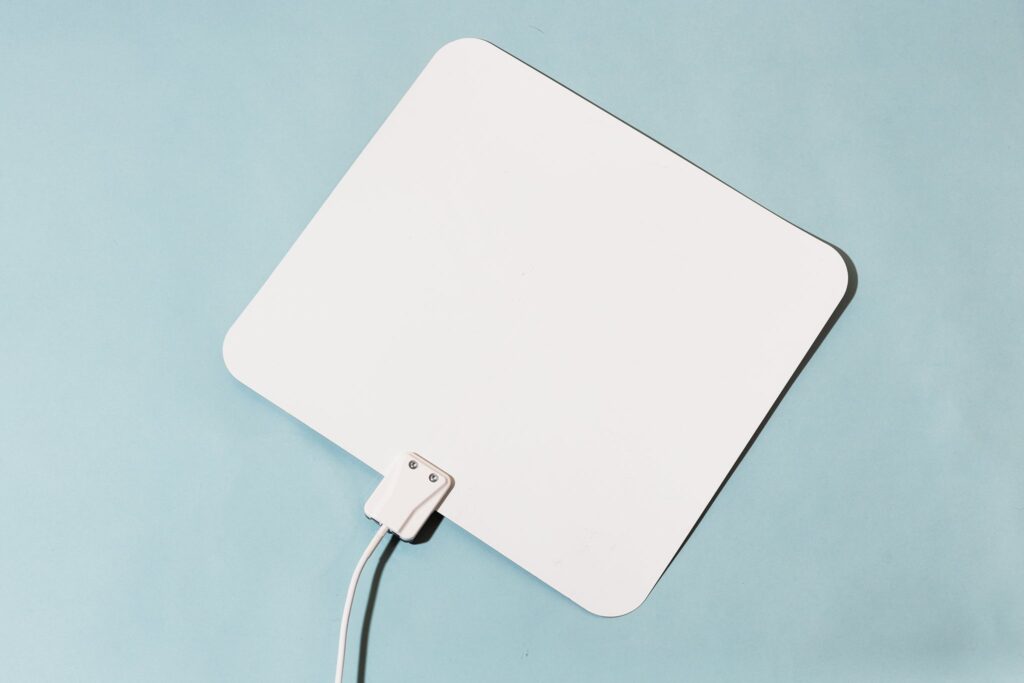
Installing an outdoor antenna can be a daunting task. If you’re not trained to do it, you won’t be able to install it properly (nor safely for that matter). As these are most commonly installed in high places such as the roof, they’re best handled by professional hands.
Additionally, outdoor aerial installments can be a bit expensive, especially if it’s a particularly large model you’re installing. Indoor antennas, on the other hand, are usually small and portable. You could place them somewhere where you won’t even notice their presence, and you don’t need to worry about installation costs at all!
So, overall, if you’re working on a tight budget, this could be an important factor to consider. You can find cheaper outdoor models as well, but it’s not recommended if you truly care about signal quality.
Pricing levels.
Besides installation expenses, outdoor aerials also come with higher upfront costs compared to their indoor alternatives. So, if you’re currently unable to afford such an expensive investment, you can always get an indoor aerial for the time being.
If you’re uncertain you can afford a high-quality outdoor antenna at the moment, but you’re already having reception issues in your location, you needn’t worry! There are many quality indoor solutions you can choose from instead.
The technology behind these small transmitters is getting increasingly advanced by the day. As long as you learn how to position them correctly, you’ll get the signal you deserve.
Of course, even though they’re more expensive, outdoor antennas come with their own advantages. For example, they’re much more durable, which allows you to save more money in the long run.
Aesthetic value.
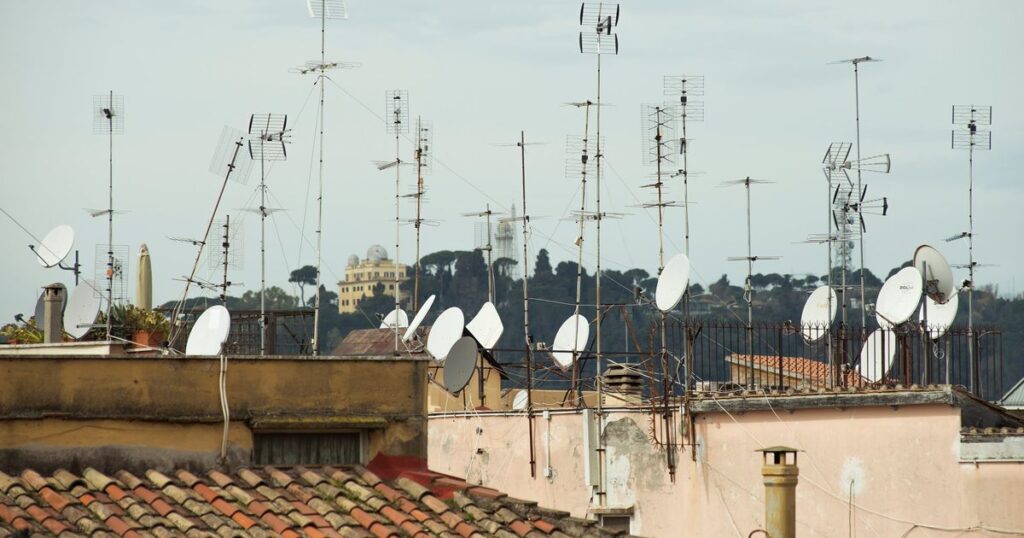
Generally, speaking, indoor solutions are better suited for people who don’t wish to compromise the aesthetic value of their home by placing a gigantic metal construction onto their roofs. This especially goes for older antennas, as they were not built with stylishness in mind.
Of course, if you live somewhere with poor reception, you could still try to position your outdoor antenna in such a way that doesn’t affect the visual appeal of your house. We recommend hiring experts such as those at tayloraerials.co.uk to ensure you get the best balance of aesthetics and practicality with your new aerial.
Keep in mind that you’ll have no use of a „good-looking“ aerial if it’s not getting you any reception. Sometimes, risking a bit of the visual appeal might be worth the trouble, especially if you’re an avid TV watcher!
Durability.
As you can probably guess by now, outdoor antennas are made to be extremely durable, as they’re exposed to harsh external conditions quite frequently. Indoor ones, not so much. If you care about the long-term value of your investment, then outdoor aerials are probably the best option you can choose. They’ll last you for a long time, so you won’t have to worry about replacing them every couple of years (opposed to their indoor counterparts).
Of course, to get the maximum value from either of these aerial solutions, you should do your research and consult with an expert before you make your purchase.
Variety.
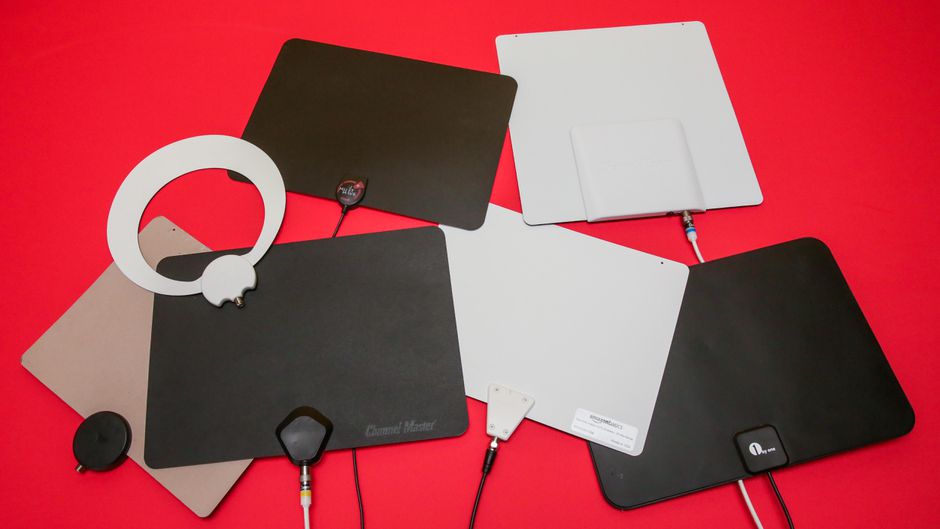
Both indoor and outdoor aerials offer a wide range of models you can choose from. However, as the indoor ones are much smaller and easier to produce, they also come with more options, especially when it comes to styling. If this is something that you deem important in your search for the optimal aerial, then make sure to consider indoor options as your primary choice.
The bottom line
Overall, indoor and outdoor antennas have their unique pros and cons. Choosing between the two shouldn’t be difficult as long as you’ve done your research. We recommend that you consult with an industry expert if possible, especially if you’re planning on installing an outdoor aerial.
Professional services can help you find the perfect spot to place your antenna on, as well as provide you with useful advice on its installation and maintenance.
We hope our article helped you learn more about the topic in question and we wish you the best of luck in all of your future endeavors.
